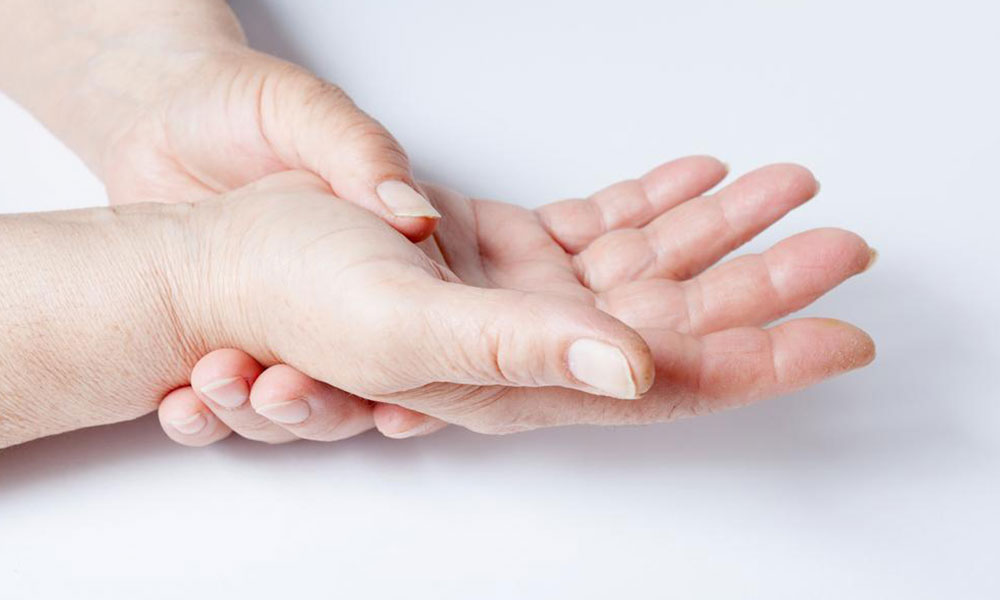Scleroderma – It’s early signs and symptoms
Scleroderma is a rheumatic and chronic disease. It is an autoimmune disease that affects the body by hardening the connective tissue. Since connective tissue of the skin is made of many kinds of proteins, collagen being one of them. Scleroderma affects this protein and hardens the skin.
An autoimmune disease works against the body itself. While the normal immune system protects the body by fighting foreign agents such as bacteria, viruses and other infections, autoimmune disease considers the person’s own cells as foreign bodies and sets up a protective mechanism against it which backfires and creates further complications.
The early symptoms of scleroderma differ from person to person.

The cause of scleroderma are is still unknown. However, the symptoms of scleroderma can be managed and controlled just like blood pressure, diabetes and psoriasis.
The first and the Early symptoms of scleroderma begins with change in the appearance of the fingers
The fingers become very sensitive to cold temperatures. They change color with cold and even emotional stress. This condition is referred to as Raynaud’s phenomenon.
Although Raynaud’s phenomenon does not mean early symptoms of scleroderma in every individual, there are two types of Raynaud’s phenomenon:
- Primary Raynaud’s
Primary Raynaud is just a phenomenon that occurs due to narrowing of the blood vessels and does not turn into an autoimmune disease. - Secondary Raynaud’s
Secondary Raynaud’s occurs only to a small percentage of people that further develop scleroderma. It is called secondary Raynaud’s because this is an early symptom that is secondary to scleroderma. This means that everyone who has scleroderma will be suffering from Raynaud’s phenomenon initially.
Scleroderma is a rare disease. Not more than 400,000 citizens across the country get this disease. The most common age span of getting the early symptoms of scleroderma is between 35 to 40. Although it is not found to run in the families, it is common in the ones who have other auto immune disease like thyroid, lupus or rheumatoid arthritis.
There are environmental factors that can put one under the risk of developing scleroderma. For instance, men who are exposed to silica are more likely to develop scleroderma. If you suffer from any auto-immune disease or encounter any such early symptoms of scleroderma, it is advisable that you consult a doctor, as being early symptoms, they will be easier to treat and control.

